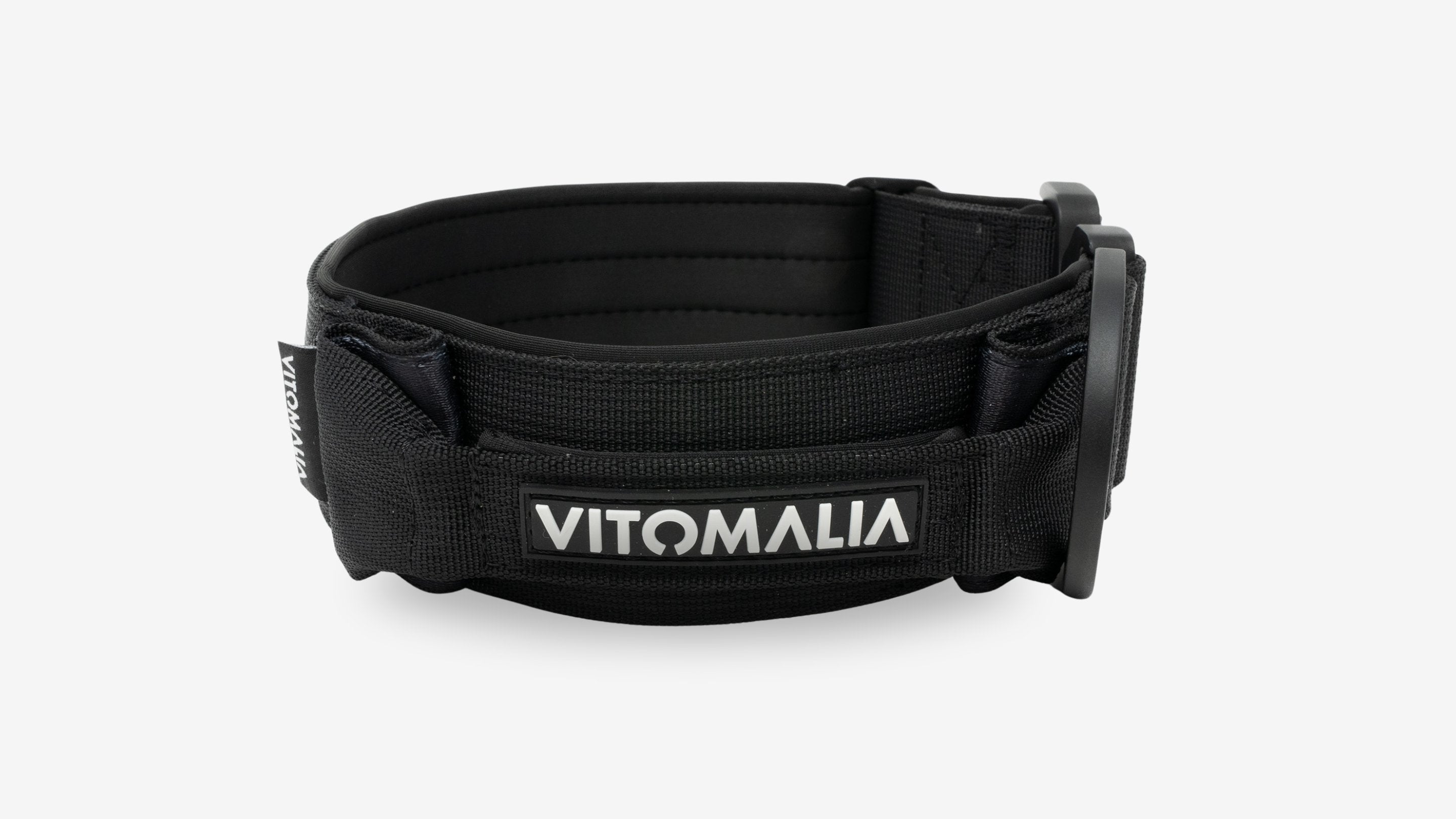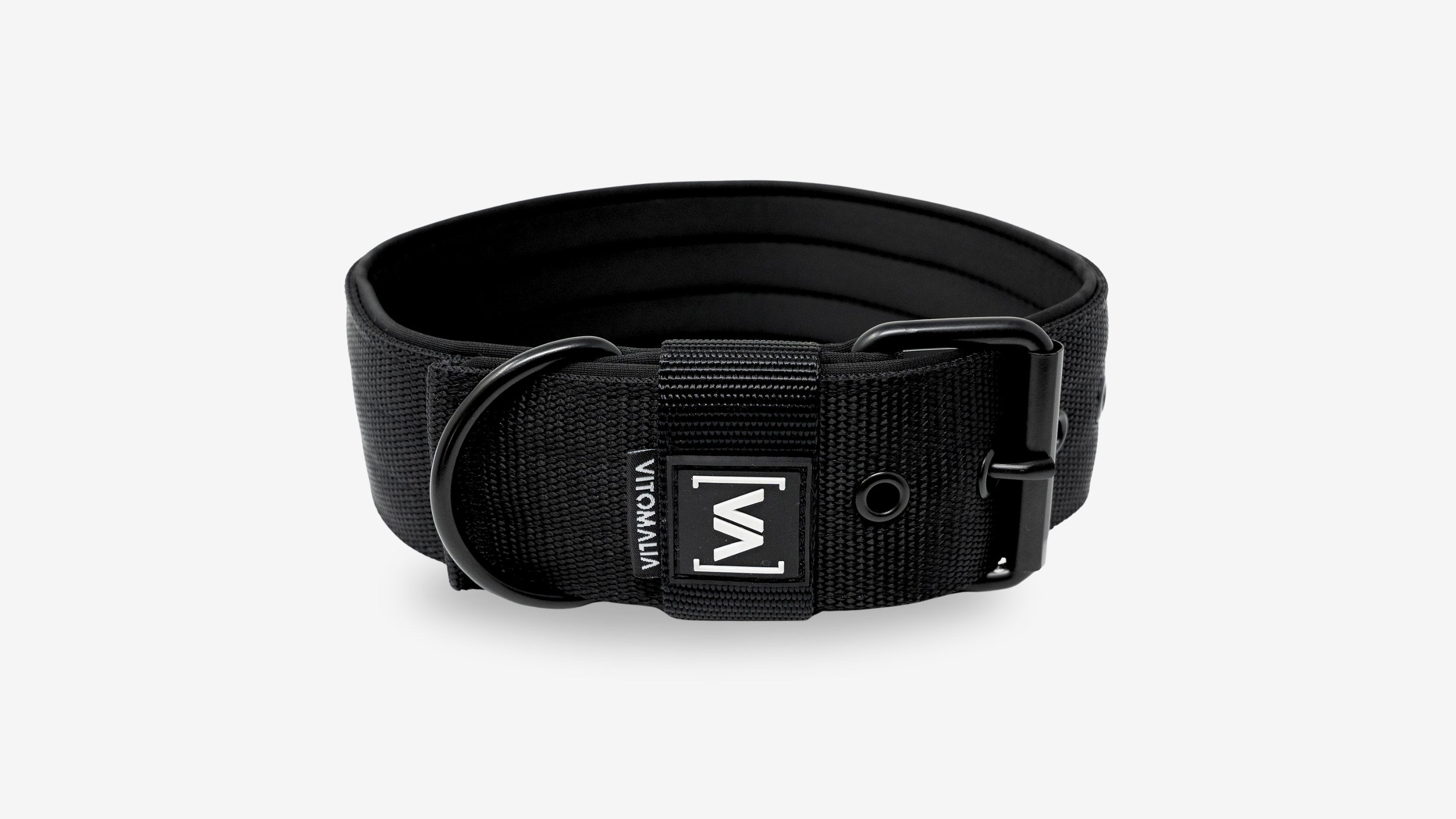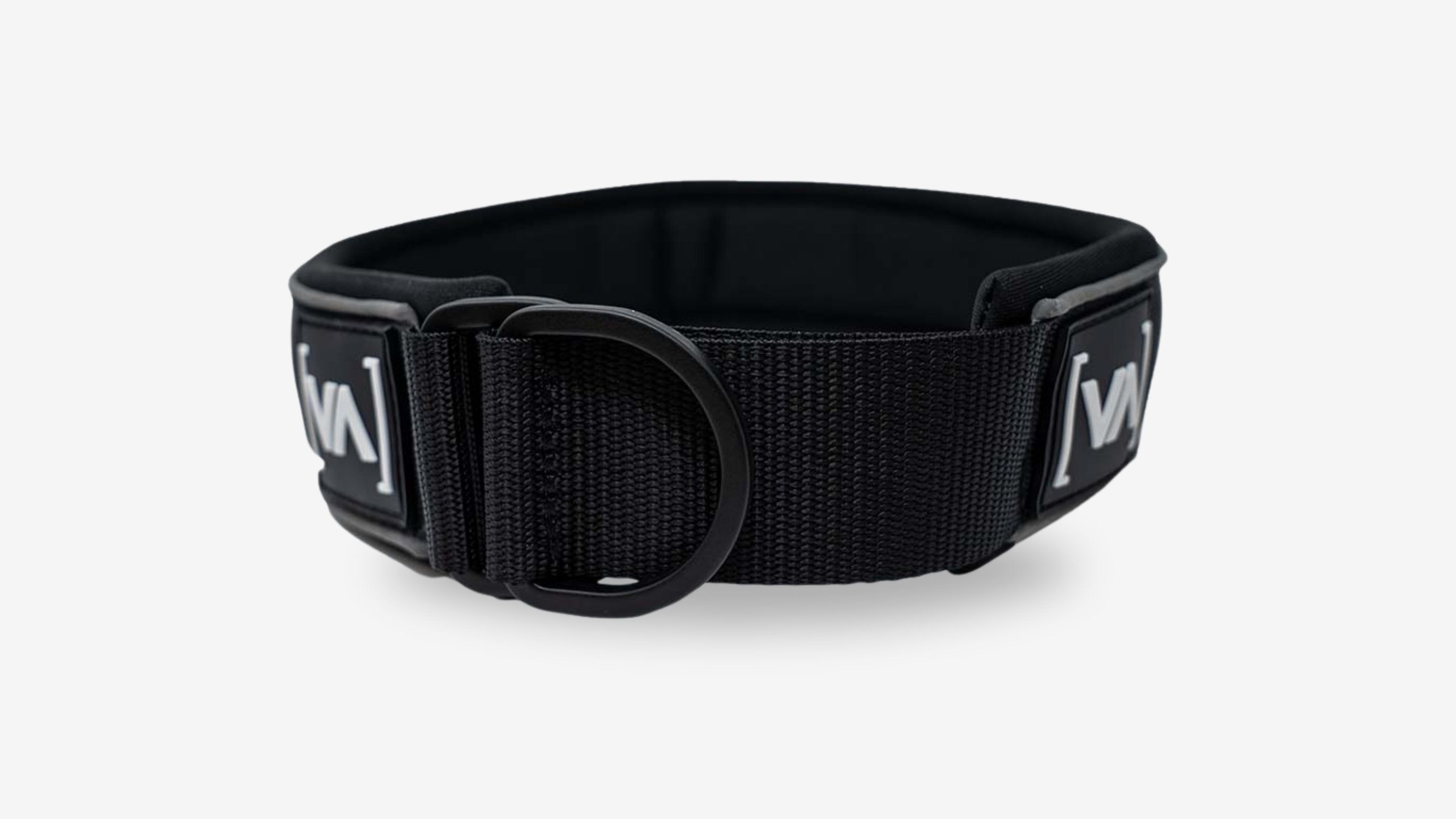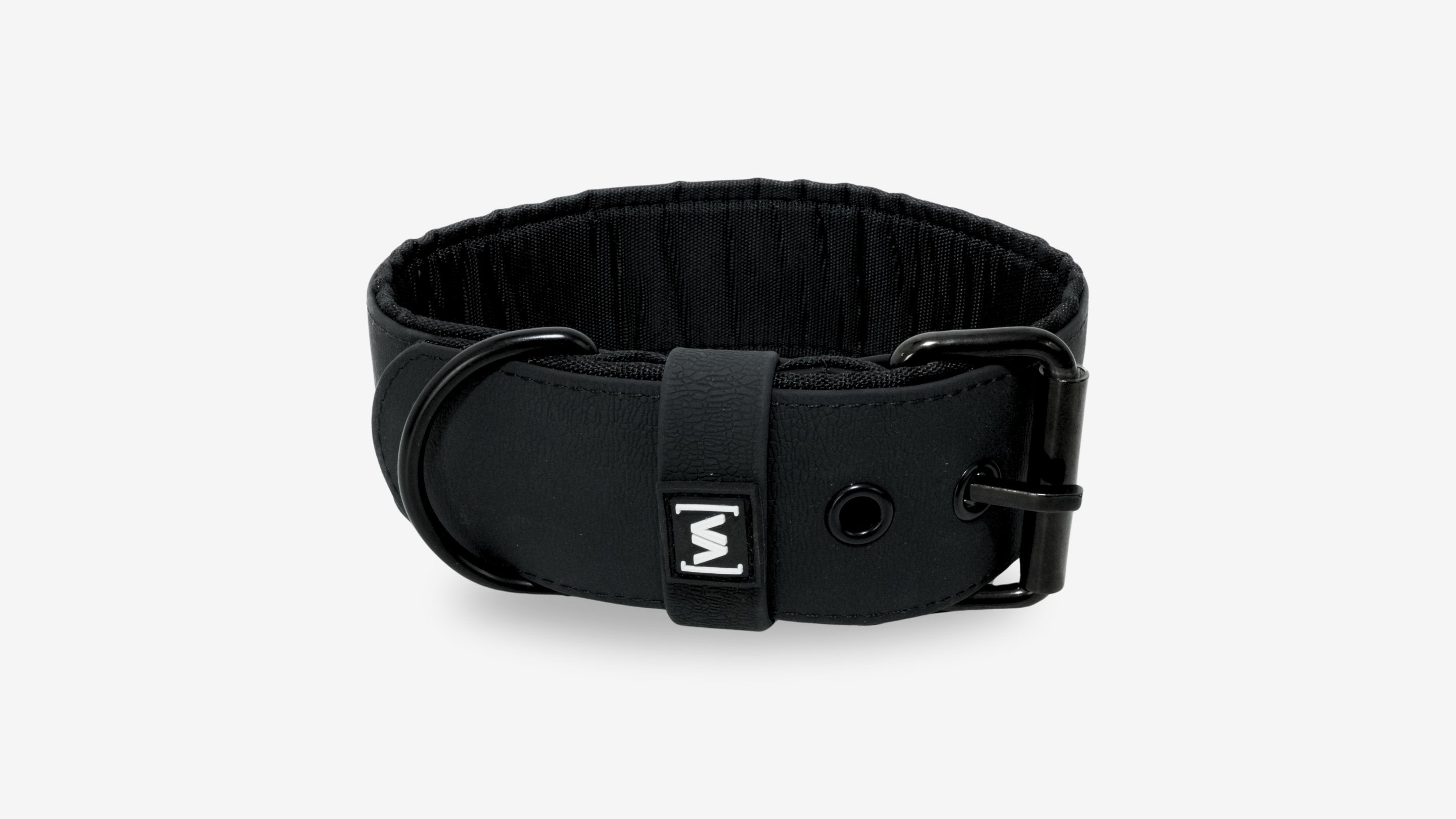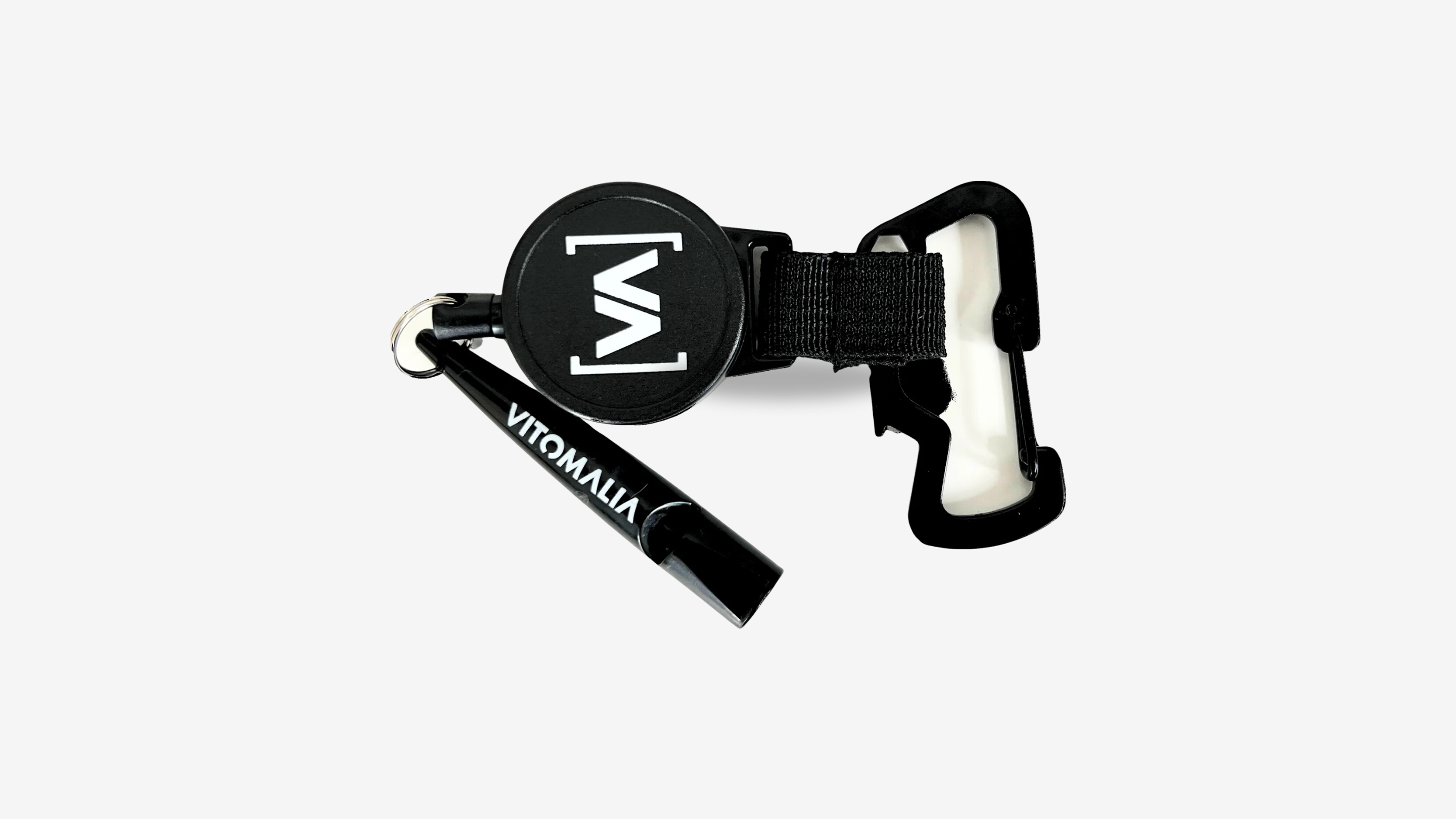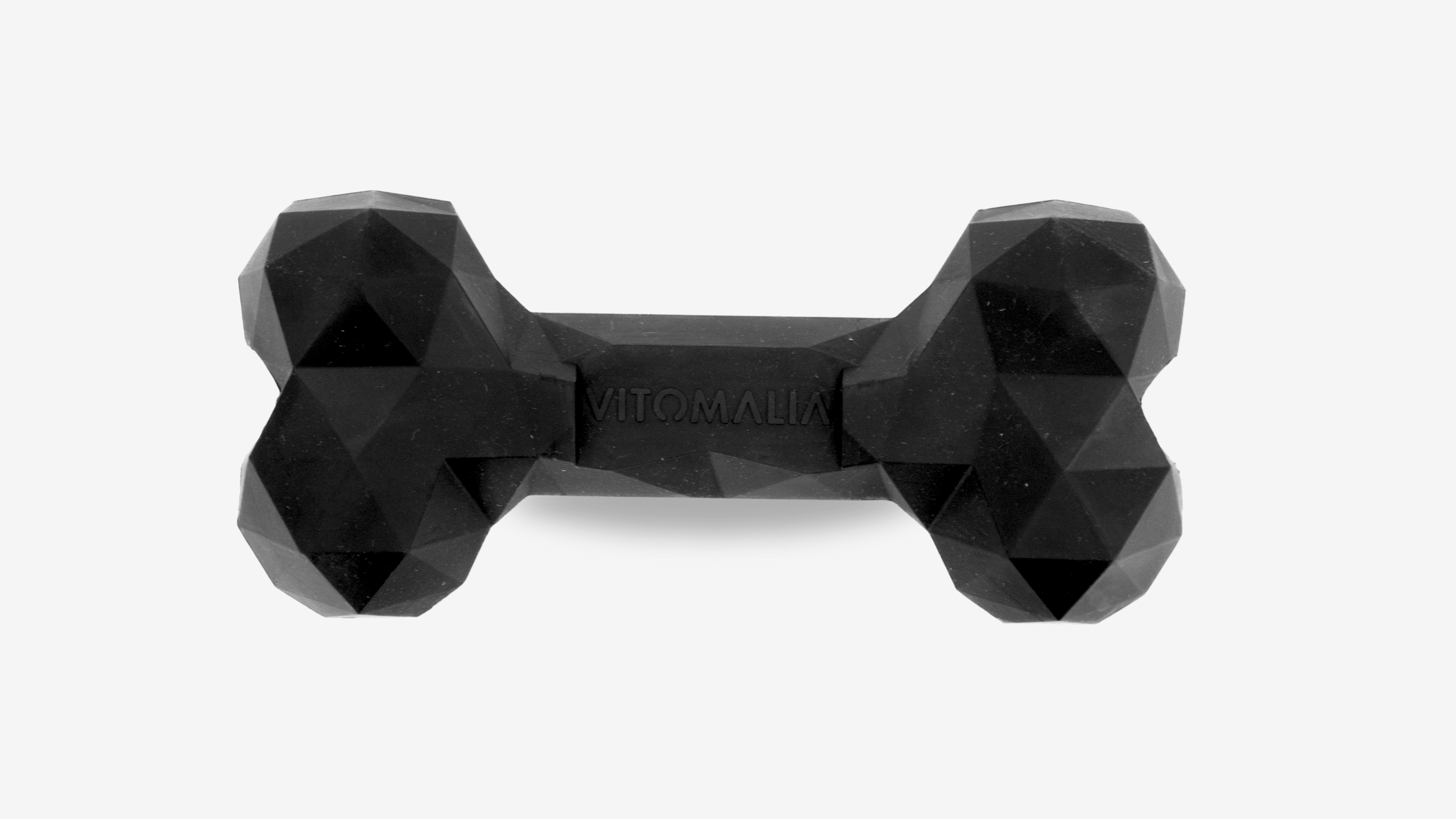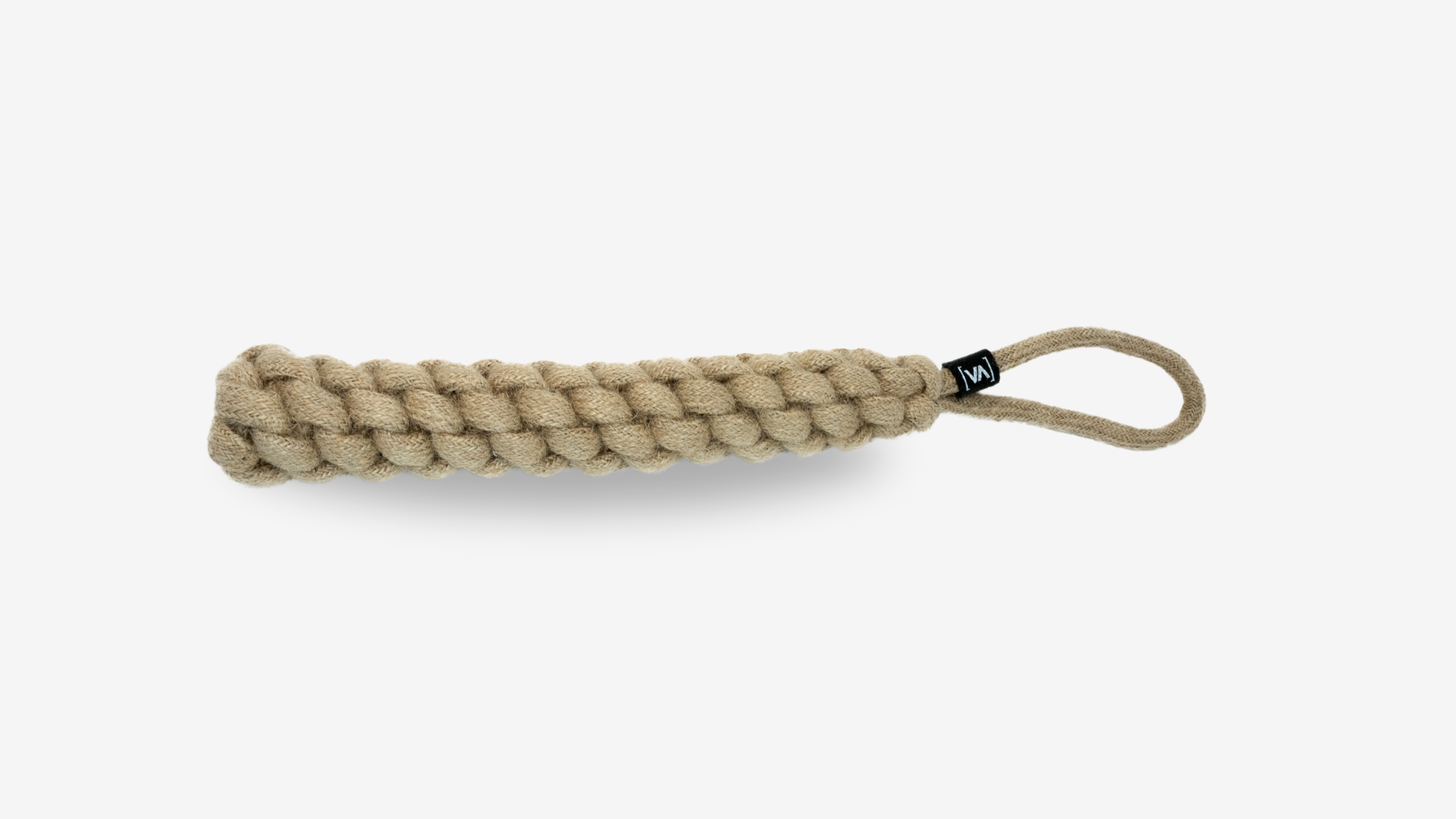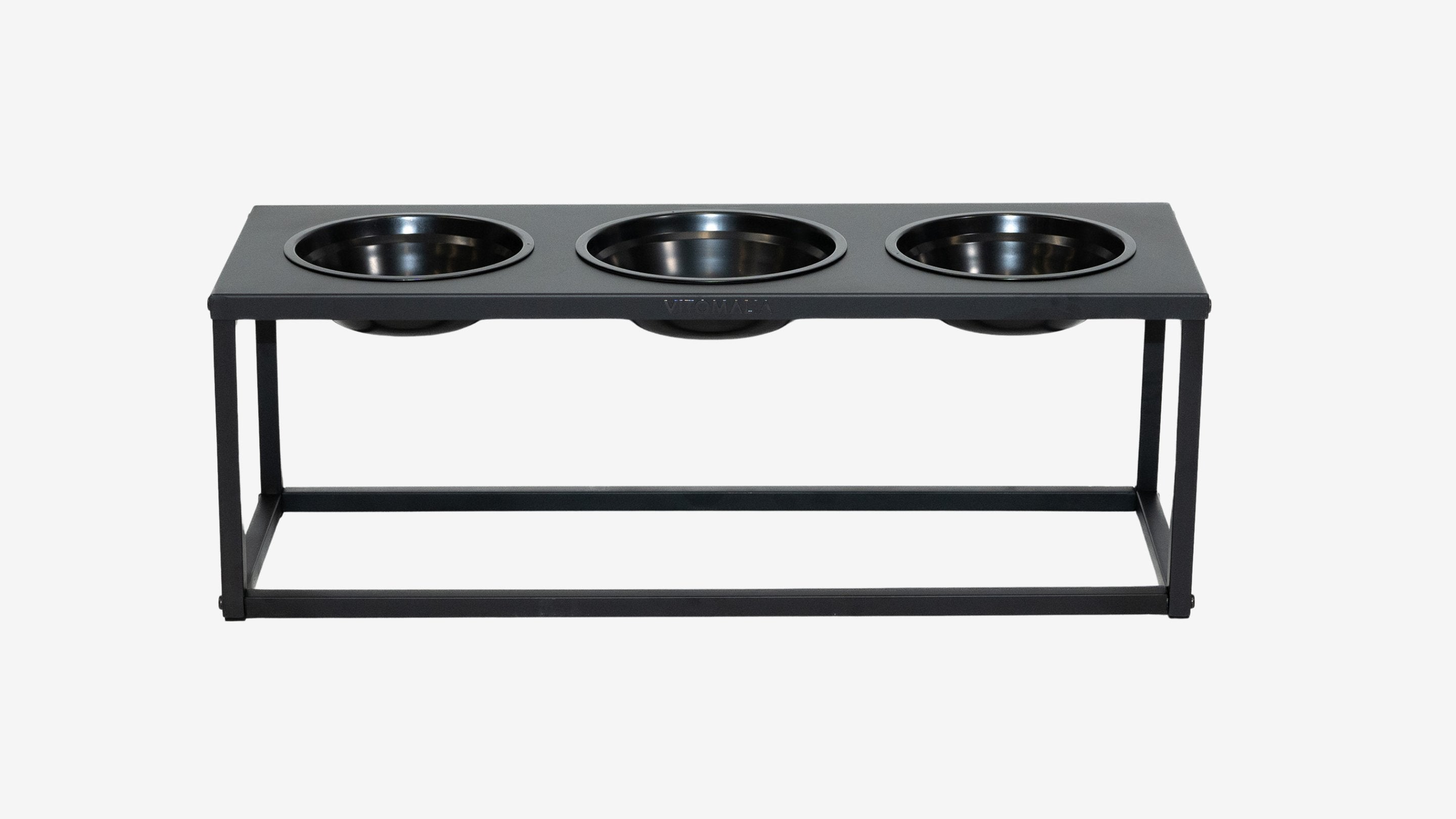Dog paws in winter: tips for healthy paws in salt and grit
This blog contains product recommendations for @PetsDeli. With the discount code "Vitomalia" you get a 20% discount for new customers.
As soon as winter sets in and the first snow falls, the busy salt-spreading season begins. Salt and grit are necessary for the safety of pavements and roads, but at the same time they are painful for dogs' paws. Road salt and grit attack dogs' paws and, in the worst cases, can lead to inflammation and snow gastritis.
Snow gastritis is an inflammation of the stomach lining caused by excessive eating of unclean snow. Snow gastritis can also be caused by dirt, grit and road salt if the dog licks its paws after a walk. Particular care should be taken with road salt with antifreeze because dogs find it particularly tasty, but the antifreeze contains toxic chemicals.
The problem with salt and grit
Je nach Wohnlage lässt es sich nicht verhindern, dass Hunde über gestreute Wege laufen. Streusplitter ist wegen seiner Funktion scharfkantig und kann dazu führen, dass sich oberflächliche Verletzungen, also winzige Wunden oder Risse an den Pfoten bilden. Gelangt in die Wunden zusätzlich Streusalz, wird die Feuchtigkeit, die als Schutz dient, entzogen. Das trocknet die Hundepfoten aus und brennt. „Salz in die Wunde streuen“ ist also im wahrsten Sinne des Wortes schmerzhaft. Die Verletzungen werden grösser und beginnen sich zu entzünden, was wiederum mehr Salz und Dreck in die Wunde gelangen lässt. Ein schmerzhafter Teufelskreis für deinen Hund beginnt. Besonders gefährlich für Hunde ist Frostschutzmittel. Einige Personen mischen in Streusalz zusätzlich Frostschutzmittel, um Eis zu verhindern. Das ist nicht nur schlecht für die Umwelt, sondern lebensbedrohlich für deinen Hund, sobald er das Frostschutzmittel von den Pfoten leckt.
For older dogs, dogs that are unsteady on their feet and dogs with joint problems, running on safe and gritted paths is more pleasant because slipping on the ice is unpleasant and stressful. So, as always, keep an eye on your dog and observe possible signs.
Signs of irritation on the paws:
- Quick lifting of the paws
- limp
- Stand still
- Licking the paws
Tips for healthy dog paws in winter
Healthy dog paws are robust enough to be able to walk without shoes in our Central European cold. As with us humans, dogs react sensitively to the change in room temperature and cold. The likelihood of your dog suffering from cracked paws and dry, itchy skin increases in winter. You can support your dog in winter with a few recommendations to make walks more pleasant for him.
Several short walks instead of long winter hikesAlthough healthy dog paws can generally cope well with the cold, it is still advisable to go on several shorter walks with your dog instead of going on long and extensive winter hikes. This allows the paws to regenerate better and get used to the temperatures. If possible, choose walking paths with little grittingDepending on where you live, you may be able to choose walking paths that have not been heavily gritted with salt or grit. Forest paths and country lanes are not gritted and are therefore recommended. This makes walking easier for you and your dog and is a promising way to reduce the strain on your dog's paws in the long term. Intensive gritting is used on main traffic routes, stairs and inclines. Wipe paws with a damp, lukewarm cloth after every walkTo get the chemicals and salt off your dog's paws and to prevent your dog from licking the salt off his paws, you should clean his paws after the walk. You can prepare a bowl of lukewarm water and a damp cloth in your entrance area before the walk. After the walk, dip your dog's paws in the bowl of water and use the damp cloth to clean your dog's paws.
|
|
Apply paw protection ointment before and after the walk
Well-groomed paws are healthy paws and healthy paws are robust enough to get your dog safely through the winter. With well-groomed paws, it is only half as bad for your dog to walk over grit and salt because the pads do not crack and provide a sufficient protective barrier. A rich paw protection ointment protects against salt during the walk and cares for irritated areas after the walk. Paw wax is particularly suitable before the walk in winter.
We use the @PetsDeli paw balm and with our discount code "Vitomalia" you get a 20% discount as a new customer.
Cut off long fur between the toes to prevent ice lumps from forming on the paws
Long fur around the pads and toes can encourage clumps of ice to form, which hurts your dog and makes the grit stick to the paws for longer.
Dogs with problem paws should wear dog shoes
Dog shoes are very unpopular with dogs. Try out lots of different versions until you find a suitable fit for your dog. Patiently get your dog used to the new accessory so that it doesn't become unnecessarily displeased during walks.
